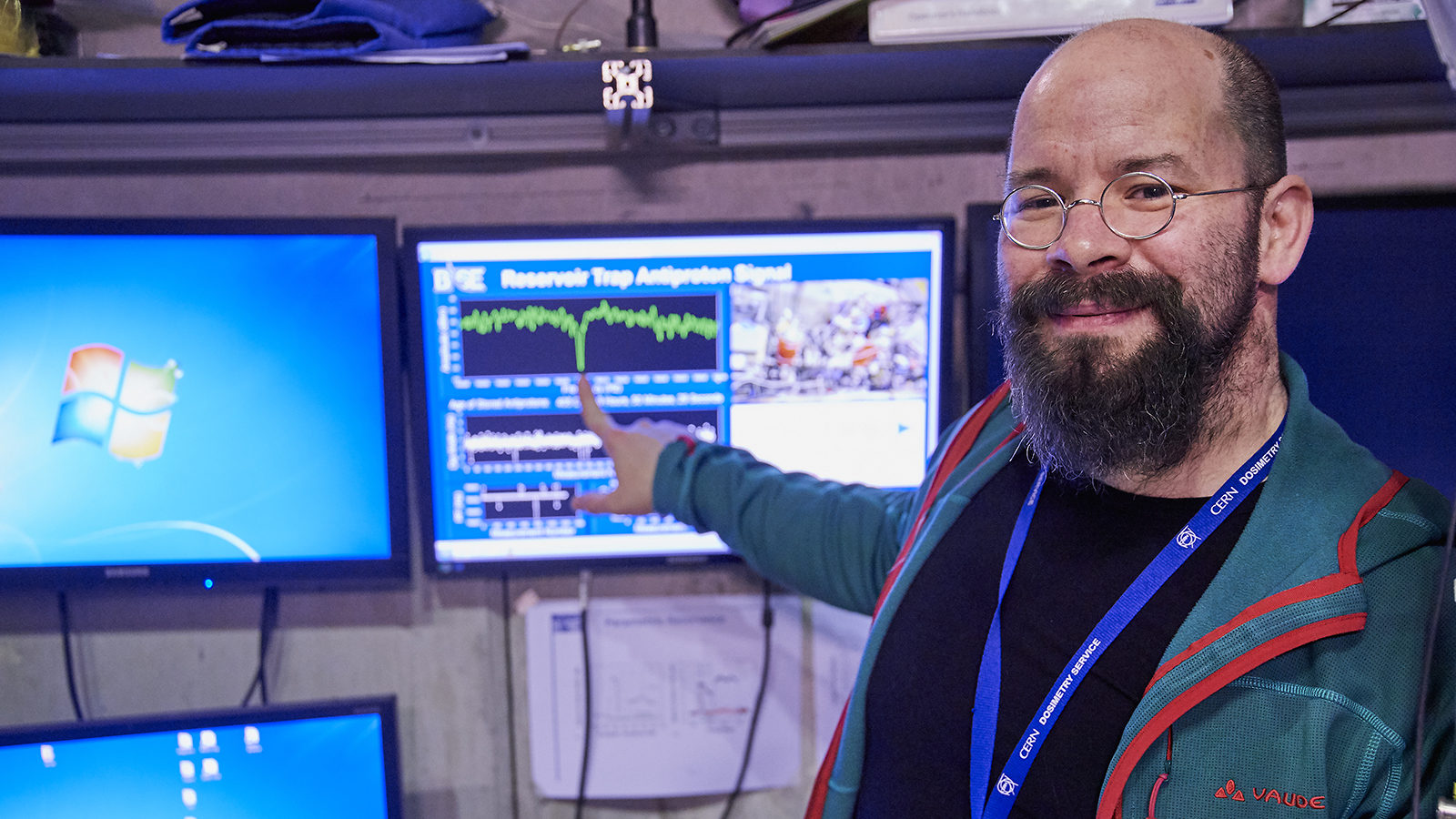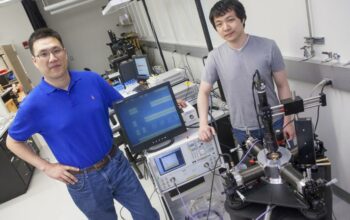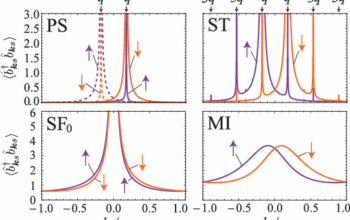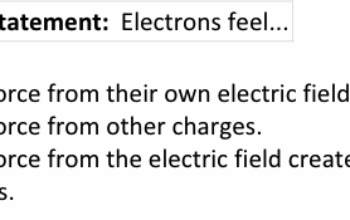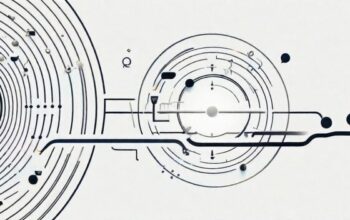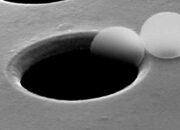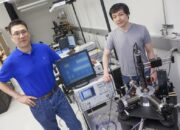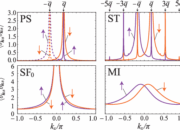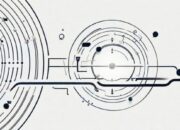In the grand tapestry of the cosmos, the dichotomy of matter and antimatter stands as one of the most enthralling enigmas in contemporary physics. Matter occupies the tangible world we inhabit, while antimatter, an elusive counterpart, seems to exist only in the shadows of theoretical frameworks and high-energy collisions. The intriguing imbalance between these two entities has captivated physicists, raising profound questions about the very fabric of reality itself. The phenomenon of symmetry breaking lies at the heart of this narrative, positing that the universe, rather than being an epitome of equilibrium, is a realm governed by preferences that yield the asymmetrical distribution of matter over antimatter.
Symmetry, in a fundamental sense, denotes a quality of invariance—where the state of a system remains unchanged under certain transformations. Classical mechanics champions this principle; for instance, the laws governing the movement of planets remain consistent regardless of the vantage point from which we observe them. However, the peculiar behavior of subatomic particles diverges dramatically from this classical narrative. The Standard Model of particle physics, which elucidates the interactions between fundamental particles, exhibits symmetries that are occasionally violated. This violation is not mere happenstance but appears to underpin the primordial asymmetry observed in the universe.
The genesis of matter-antimatter pairs in the early universe is a subject replete with theoretical musings and experimental investigations. Following the Big Bang, it is surmised that equal quantities of matter and antimatter were produced. However, this seemingly balanced beginning was promptly disrupted, leading to a cosmic aftermath rife with matter. Such an outcome poses an existential puzzle: if the total quantity of matter and antimatter were indeed equivalent, why does the observable universe consist predominantly of matter?
To unravel this puzzle, physicists have ventured into the realm of particle interactions and their inherent symmetries. The phenomenon of CP violation, which refers to the combined transformations of charge conjugation (C) and parity (P), plays a pivotal role. Simply put, CP violation manifests when the behavior of particles and their antiparticles is not identical. Experiments conducted with B mesons, particles that facilitate the asymmetry investigation, have revealed significant discrepancies between the decay rates of these particles and their corresponding antiparticles. This discovery is not merely a curiosity; it hints at a mechanism that could account for the matter-antimatter imbalance.
Furthermore, the exploration of leptogenesis, a theoretical framework positing that particles called leptons may have also undergone CP violation in the early universe, extends the inquiry into the genesis of matter. According to this proposition, an abundance of leptons over antileptons could subsequently decay into baryons—aggregates of protons and neutrons—resulting in the matter-dominant universe we observe today. This theoretical extrapolation offers a tantalizing glimpse into processes that relinquished symmetry, thus sculpting the cosmos.
The intricacies of these transitions are further elucidated through the lens of the Higgs mechanism. The Higgs boson, a particle that imbues mass to other particles, is critical to understanding the variance between matter and antimatter. The oscillations of scalar fields associated with the Higgs boson encompass a symmetry-preserving transition that ultimately culminates in a state of ‘broken symmetry.’ In this context, a once-homogeneous field becomes differentiated, leading to distinct mass generation for particles—a divergence critical for the formation of structures in the universe. The Higgs field exemplifies how a seemingly simple mechanism can unleash complex dynamics that govern our universe.
The implications of these symmetries and their breaking extend beyond abstract theories, finding a foothold in practical applications and future technologies. The potential harnessing of antimatter presents extraordinary possibilities in fields ranging from medical imaging to propulsion systems. Positron emission tomography (PET scans) relies on the annihilation of matter-antimatter pairs to produce images of metabolic processes, revolutionizing diagnostic medicine. Antimatter propulsion, albeit in nascent stages, offers tantalizing prospects for space exploration, enabling human journeys across the solar system and potentially beyond.
Unfortunately, the search for different manifestations of symmetry breaking is fraught with challenges. Current experiments in high-energy particle physics, such as those conducted at the Large Hadron Collider (LHC), attempt to probe beyond the Standard Model, seeking new particles and forces that could rectify the observed asymmetries. The intricate designs of detectors and accelerators illuminate the delicate interplay of particles, yet the elusive answers about the dominance of matter over antimatter remain frustratingly out of reach.
As the quest for understanding continues, matter-antimatter transitions exemplify the folly and triumph of human inquiry. The metaphor of a grand cosmic dance becomes apt; each particle waltzes in a choreography governed by symmetries and biases, leading to an outcome that defies straightforward interpretation. The interplay between equilibrium and its disruption is a reflection of the universe’s intricate nature—capable of producing magnificence from chaos.
In this grand exploration, the narrative of matter versus antimatter transcends mere scientific investigation. It beckons us to contemplate fundamental questions about existence, the nature of reality, and our place within this ever-expanding cosmos. The quest for answers holds the promise of unlocking truths that may redefine our understanding of the universe.
In sum, symmetry breaking in matter-antimatter transitions strikes at the very core of physics. It encapsulates an age-old riddle that continues to challenge and inspire. Future discoveries may very well illuminate the dark corners of this mystery, guiding the next generation of empirical and theoretical physicists in their relentless pursuit of knowledge. In the interplay of balance and bias, the cosmos reveals itself—an exquisite dance of matter and antimatter, captured in the echoing void of time.
